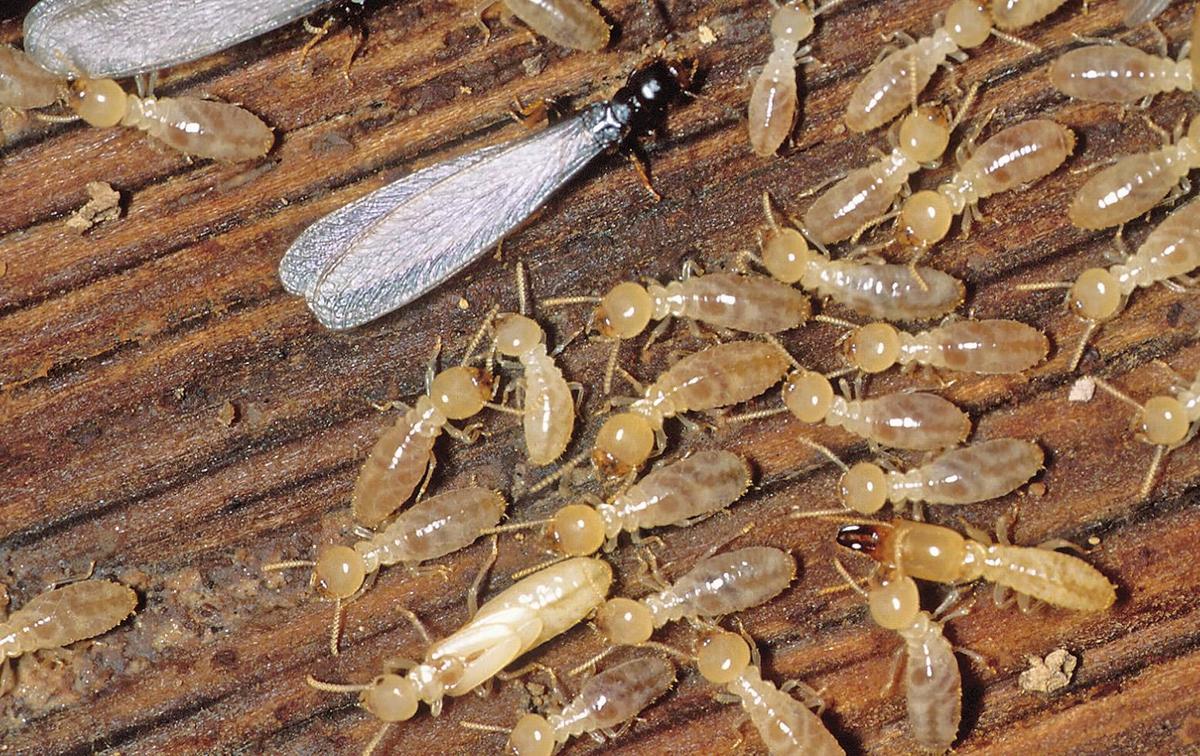Constructing a home is necessarily a multi-phase process. Whether you’re building a house for yourself or a client, you’ll need to check off a few essential to-do list items before you can lay the foundation for a home built to last.
During the construction process, personnel may turn a blind eye to termite-deterring strategies to avoid damage, making for an inadequate pre-construction planning phase. Remember, keeping termites out of your construction project is just as essential as building a solid foundation, as these preventative measures can spare you from future frustrations. While the devil perched on your shoulder may try to convince you to shrug off these termite-combatting protocols, getting a home loan in areas prone to infestations often requires pre-treatment for termites.
Those unfamiliar with small-but-mighty household pests need to know that termites naturally feed on any available wood products, including new lumber. Additionally, construction personnel should account for the insects already living on or near the property when construction starts. Because these pesky insects are in constant search of nearby food sources, the project’s wooden beams may be a primary target for termites.
Signs of termite activity include damage to wood that looks like bubbling or peeling, mud tubes on walls, wood that sounds hollow, or wood that looks very thin. If you spot signs of termites or are interested in preventing an infestation, conducting a Google search with keywords such as “termite exterminator in metro Boston” will provide you with a list of reliable termite control specialists. Additionally, consider the following options to help you fend off termite damage.
Treat the soil
The most common technique utilized in pre-treatment for termites is to put down a layer of termiticide between the soil and the house’s foundation. Since this strategy involves distributing multiple gallons of easily-disturbed chemicals, many builders rely on out-of-the-box alternatives.
One popular technique is to bury bait stations around the property. The stations contain pieces of wood checked about once every month. If there are signs of activity, construction personnel can replace the wood with a termiticide that the termites carry back to their colony.
Use termite-resistant materials
Rather than treating the soil, some builders choose to treat their building materials. Borate, which kills termites but isn’t toxic to humans, can be sprayed on a house frame before installing drywall or insulation to avoid damage. You can also purchase pre-treated wood that is resistant to pests. When building in termite-prone areas, it’s in your best interest to limit the amount of wood used in construction. Take the opportunity to explore alternate construction materials. You might find some exciting benefits from different materials, such as how EPS concrete is both an effective insulator and is resistant to termite infestations.
Reduce access to the house
Some termites species in the United States are subterranean, which means that they travel underground through tunnels for most of the year. Their inability to travel long distances above ground limits their ability to invade your house.
With these hindrances in mind, you can use your construction plans to restrict their access further. Support wood with a concrete base wherever possible, and make crawl spaces at least 18 inches tall to keep wood from contacting the soil. As an additional precaution, make sure siding starts at least six inches above the ground. Then, use stainless steel mesh barriers or termite shields to fill possible access points.
Unfortunately, not all species of termites are subterranean, making it more challenging to keep these pests from gaining entry to your living spaces.
Install physical barriers
One step beyond stainless steel mesh barriers is to install a specially designed plastic film that is too tough for termites to chew through. You can place this physical barrier below joints or holes in the foundation where termites are likely to gain access. Alternatively, you can tuck this barrier under the entire foundation to protect the base of the house. This physical barricade may also prevent water vapor damage or other issues.
Prevent water from collecting
While termites are known to consume wood for food, they also need water to survive. In your construction plans, steer clear of areas where moisture has a chance to collect. That way, you can inhibit a termite colony’s ability to thrive.
For a pest-free home, confirm that water flows away from the building. Also, make sure that crawl spaces have enough ventilation to ensure they don’t become damp. Having dryer vents that lead to the house’s exterior rather than to crawlspaces can help keep these spaces dry and effortlessly pest-free.
Keep a newly constructed home free from termites
Termites can infest even the most recently built homes if given the opportunity and cause significant damage. Often, the best strategy to combat termite infestations is to implement a variety of techniques. A termite extermination specialist can help you decide which methods will keep your new home safe from these incredibly destructive pests.

